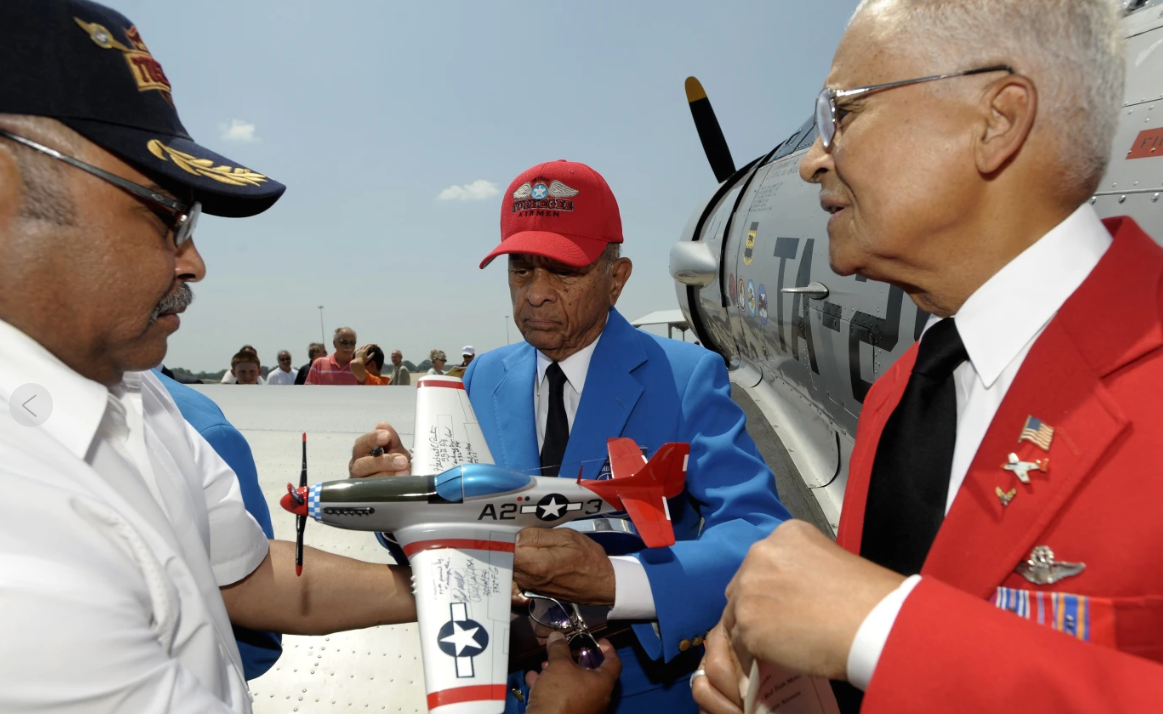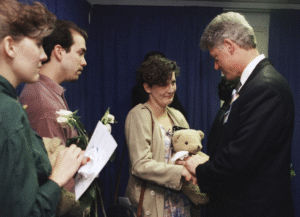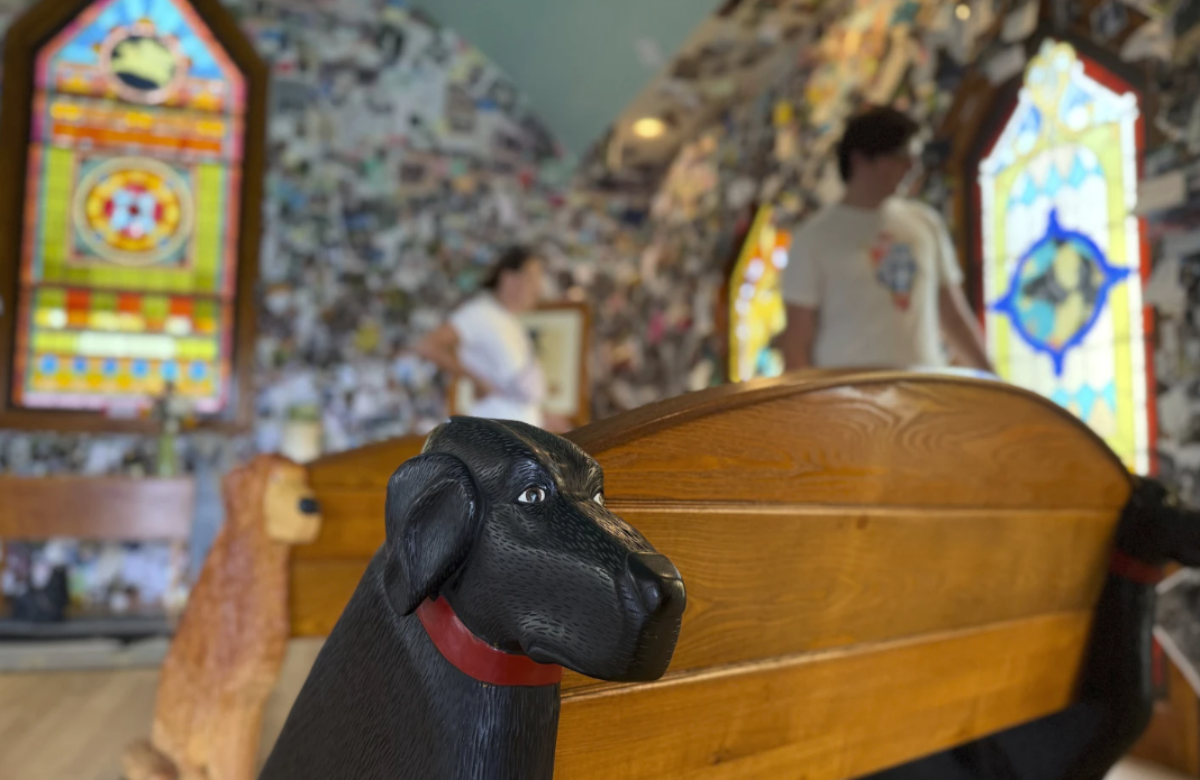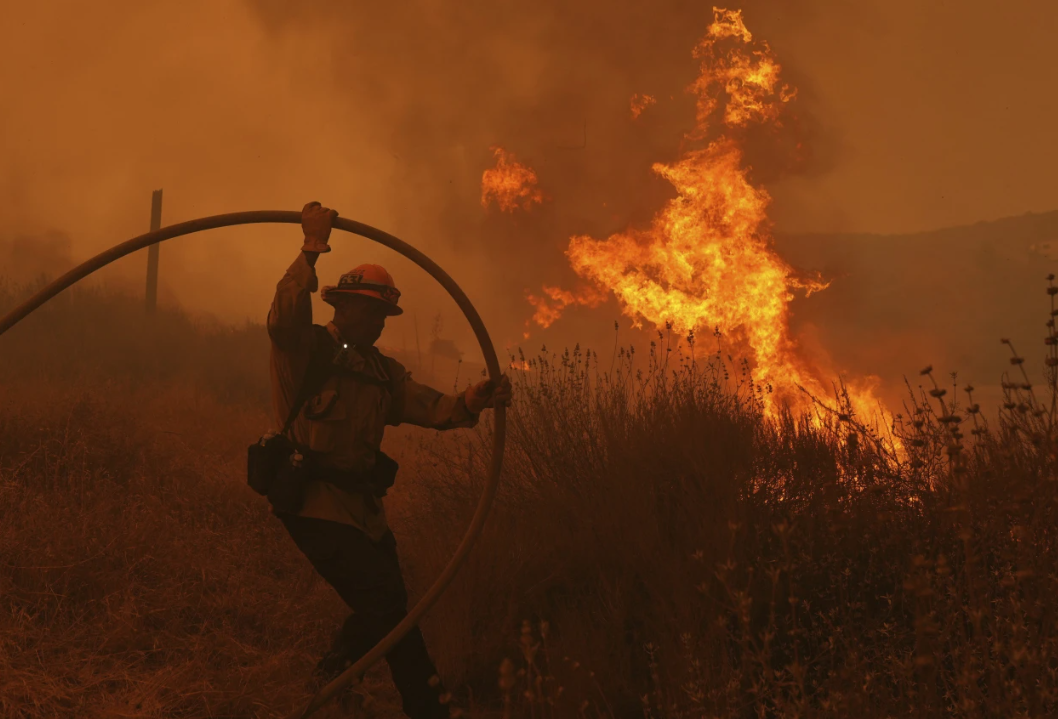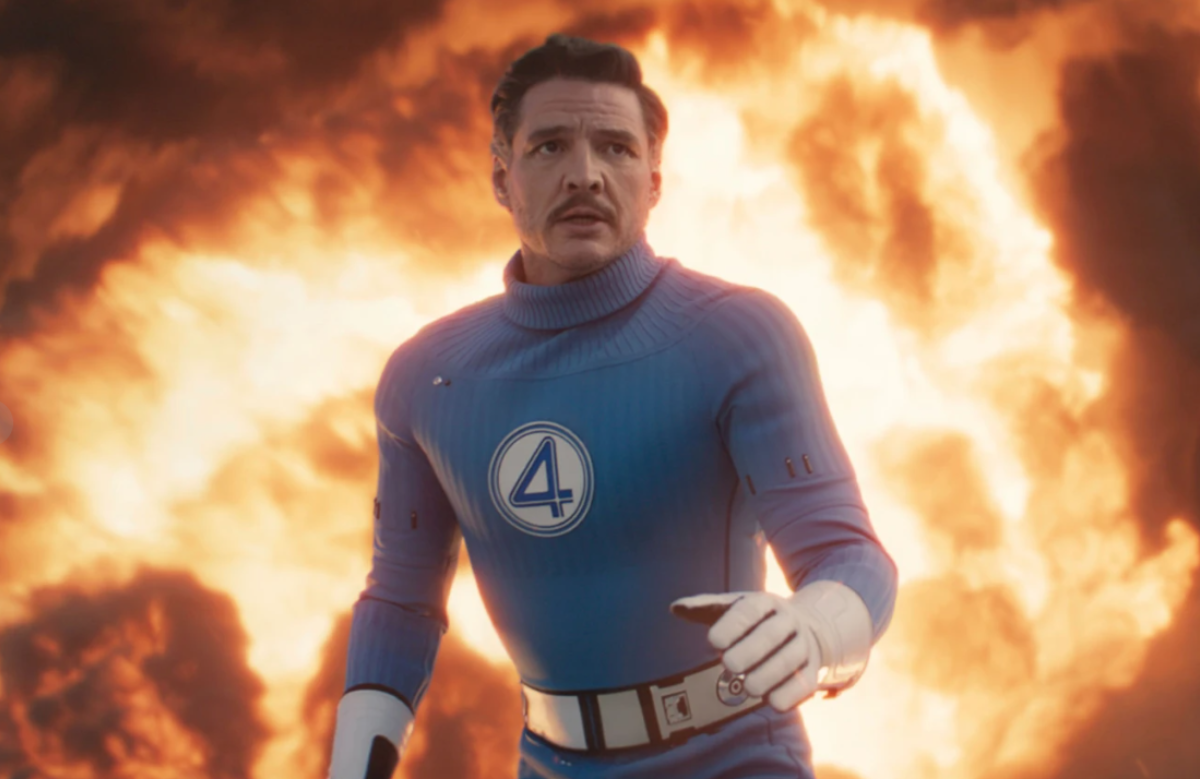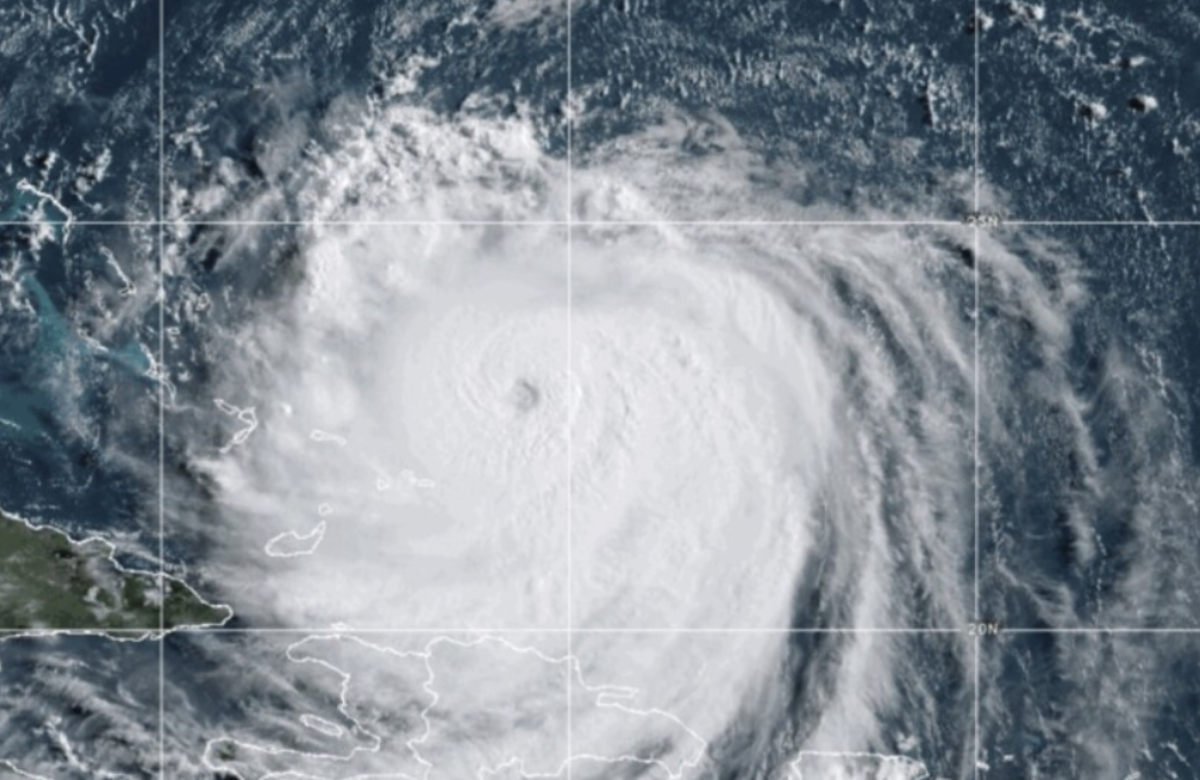Retired Lt. Col. Harry Stewart Jr., a highly decorated World War II pilot and trailblazer as one of the Tuskegee Airmen, has passed away at the age of 100. He was among the last surviving pilots from the renowned 332nd Fighter Group, the first African American military pilots in U.S. history.
Stewart’s death was confirmed by the Tuskegee Airmen National Historical Museum, which stated he died peacefully at his home in Bloomfield Hills, Michigan, on Sunday.
Stewart was awarded the Distinguished Flying Cross for shooting down three German planes during a dogfight on April 1, 1945. He also contributed to a team of four Tuskegee Airmen who won the U.S. Air Force Top Gun competition in 1949, although their achievement wasn’t officially recognized until years later.
Brian Smith, president and CEO of the Tuskegee Airmen National Historical Museum, described Stewart as a man of great character and accomplishment, noting his distinguished service that continued well beyond his World War II career.
Born on July 4, 1924, in Virginia, Harry Stewart Jr.’s family moved to New York when he was young. From an early age, he dreamed of flying, often watching planes at LaGuardia Airport. His aspirations led him to join the effort to train Black military pilots after the attack on Pearl Harbor. At 18, he became part of what was then an experimental unit, which would later become known as the Tuskegee Airmen, named after their training base in Alabama, or the “Red Tails” because of the red-tipped P-51 Mustangs they flew.
Reflecting on his World War II service in a 2024 interview, Stewart said, “I did not recognize at the time the gravity of what we are facing. I just felt as though it was a duty of mine at the time. I just stood up to my duty.”
Raised in a multicultural neighborhood, Stewart was shocked by the segregation and prejudice he encountered in the Jim Crow-era South. Despite these challenges, he was determined to complete his training and earn his wings. Once trained, Stewart and his fellow Tuskegee Airmen were assigned to escort U.S. bombers over Europe. Their group was credited with losing far fewer bombers than other fighter units, a significant achievement.
In a 2020 interview, Harry Stewart Jr. described the awe he felt while flying, saying, “I got to really enjoy the idea of the panorama, I would say, of the scene I would see before me with the hundreds of bombers and the hundreds of fighter planes up there and all of them pulling the condensation trails, and it was just the ballet in the sky and a feeling of belonging to something that was really big.”
Stewart often joked that he was so focused on the joy of flying that he didn’t realize he was making history, as mentioned in his book.
After his military service, Stewart had aspirations of becoming a commercial airline pilot, but his race led to rejection. Instead, he earned a degree in mechanical engineering from New York University. He later moved to Detroit, where he retired as vice president of a natural gas pipeline company.
In a 2019 interview, Harry Stewart Jr. shared an emotional moment he experienced during a commercial flight. When he entered the plane and saw two African American pilots in the cockpit, one serving as the pilot and the other as the co-pilot, he was moved to tears. What deeply touched him was that both pilots were women.
Recently, the Air Force briefly removed training materials featuring the Tuskegee Airmen and the Women Airforce Service Pilots (WASPs) to comply with a directive from the Trump administration aimed at limiting diversity, equity, and inclusion programs. However, after a swift bipartisan outcry, the videos were quickly reinstated.
